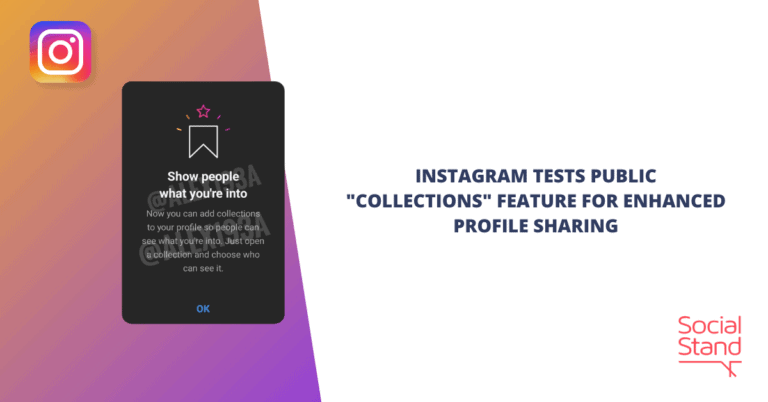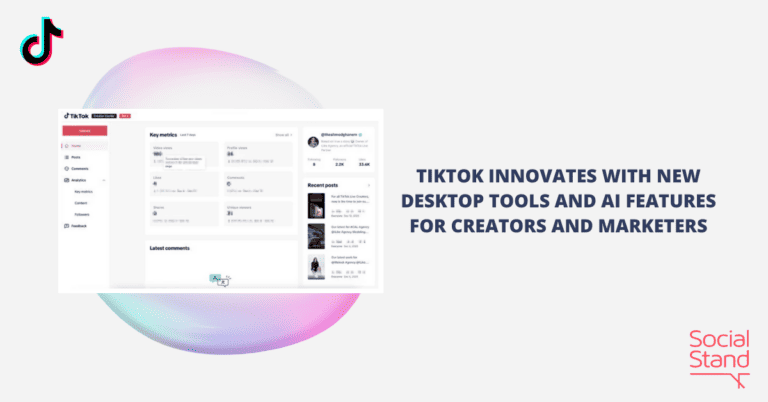Social media marketing is a big part of every brand’s strategy. In the digital age, it has become increasingly important for brands to implement a social media strategy that’s both effective and engaging. That is why on 13 November 2020, Oberlo released an infographic naming the top 10 social media trends every marketer needs to know coming into 2021.
The Proliferation of Memes on Social Media
Memes have been around for a long time, but they have been gaining popularity over the past few months. The usage and mentions of memes have increased from 19.8 million in August 2019 to 24.9 million in July 2020. Usage of memes peaked in April with 28 million, which was the height of lockdowns across the globe. Because of the ongoing coronavirus pandemic, roughly 88.1% of social media users in the United States have been reported to spend at least 30 minutes on social media every day for the past few months. The spike in usage and mentions of memes could be something that brands could tap into and use in their own social media strategies.
Implications for Marketers:
While it is not a new trend, the increased popularity of memes over the past few months could be indicative of their power to engage with audiences on social media. As memes are typically funny and relatable to audiences, they often receive high levels of engagement. Brands could look into utilizing them to fit their branding and marketing efforts and create their own brand-specific memes.
Start Profiting From Your Social Media Videos
Videos have become a popular form of content across social media, so platforms are offering more ways for businesses to tap into video content and for creators to monetize their content. Video streaming has surged in popularity, and it is expected to grow by 20.4% between 2020 and 2027. According to Techcrunch, over 4 million live shopping sessions were held in the first quarter of 2020.
Alibaba has even announced its plans to recruit and train video influencers to sell through AliExpress, which is indicative that live video streaming is here to stay. On top of this, Instagram is also developing its video capabilities. The platform now allows for ads to be shown before IGTV videos play and allows for creators to earn around 55% of the revenue from those ads.
Implications for Marketers:
Brands and businesses alike should look into how they can utilize live streaming in their marketing strategies. They may be able to better engage with their target audience, and they may reach new audiences, too.
Social Media Trends: Niche Platforms Growing in Popularity
Facebook is still the largest social media platform, but smaller platforms have been emerging as frontrunners. One example is TikTok, which had a 210% YoY growth in terms of user time spent in 2019. As a result of TikTok’s increasing popularity, more and more brands and businesses are exploring how to utilize the platform to their advantage. Reddit is another niche platform that is gaining prominence. The latest trends point to it as an effective marketing channel, especially since it became more popular in 2019.
Implication for Marketers:
Marketers and brands could study these niche platforms to get a better understanding of how they can tap into those markets and use them to their advantage.
Social Media Stories Are Not Going Anywhere
Posting Stories, or time-bound pieces of content, have become more popular across various social media platforms. Stories are one of the fastest growing social media trends, and statistics indicate that they will continue to grow over the coming years. As an example, Instagram Stories’ daily active users have gone from 100 million in 2016 to 500 million in 2019. The numbers for the Facebook and WhatsApp counterparts of Stories have also multiplied over the years.
Implications for Marketers:
Many brands already utilize the Stories feature to engage with their audiences, so marketers can explore new, creative ways to use Stories. These pieces of content could serve as ads, and they can also be boosted by brands to target specific audiences.
Digital Disinformation on the Rise
Social media’s popularity also has its hazards. Many users rely on social media to get their news, but news on social media is not always reliable or factual. Digital misinformation has been on the rise since the COVID-19 pandemic began, especially as people have been using it to keep updated with the outside world. Fake news has always been around, but it has grown more rampant over the last few months.
As a response to fake news, social media platforms have put measures in place to combat misinformation, with some adding warning labels to content and adding resources that point towards verifiable information. However, digital disinformation may still persist throughout the coming years.
Implications for Marketers:
Marketers and brands now need to be wary of the type of information they spread and make sure that it is factual and verifiable. They may risk marring their reputation if they are found to be spreading misinformation.
Social Commerce Is the Future
According to Oberlo, 55.2% of all Gen Z internet users purchased fashion items because of content they saw across social media. This particular user demographic does a huge chunk of their shopping online, which rakes in quite the profit for shops that have online platforms. Millennials are also prone to purchasing items after seeing it on social media. Oberlo states that over half of all Internet users between the ages of 14 and 34 have bought a fashion item because of the influence of social media.
Implications for Marketers:
With these statistics, marketers and brands should consider developing their own social commerce strategies to see how they can benefit from it. It may also be a good way to reach the younger generation.
Authenticity Matters in Social Media Marketing
Authenticity is important on social media. Many consumers have determined it as an important factor when it comes to choosing which brands to patronize, with as much as 90% of consumers prioritizing authenticity in brands over other factors. This is particularly true as well for the younger demographic. However, brands sometimes still miss the mark on creating authentic content. This is what Oberlo had to say: “Though more than 90 percent of marketers believe that they are creating authentic content that consumers can relate to, 51 percent of all consumers think that fewer than half of all brands are creating truly authentic content.”
Implications for Marketers:
The gap between consumer expectation and brand output is still there, so brands and marketers may further study what they can do to appear more authentic to their consumers. This could help them foster long-term relationships with their consumers, which could lead to more potential sales in the future.
Social Media as a Discovery Engine
A consumer’s purchase journey can be heavily influenced by what they see on social media. Consumers are becoming increasingly reliant on social media when it comes to buying a product. About ¼ of all consumers encounter new products and brands through social media. GlobalWebIndex also found that 43% of consumers research products using social media platforms.
Implications for Marketers:
Brands and marketers can use their social media platforms as their catalogues. This means that they would need to develop content that balances the brand persona and the brand message. It may also do them well to highlight positive reviews on their product. This is so a potential customer would be able to see all that they need to know about a brand when looking at their social media platform.
Growth in Messaging Apps
Messaging apps are one of the latest trends in social media marketing, and it is expected that the user base would grow to 3.12 billion users worldwide by 2023. 90% of smartphone users worldwide use at least one of the available messaging apps today, which is indicative of the massive user base of such apps. Consumers are also more likely to communicate with brands and businesses via messaging platforms.
Implications for Marketers:
Brands and marketers could research on how to tap into using messaging apps for marketing purposes. These platforms could instantly reach millions, even billions, of users, and they could provide brands with a new way of communicating with their audiences.
Customer Service via Social Media
Because consumers communicate with brands and businesses through social media, they tend to raise their concerns through social media as well. Drift found that nearly 3/10 of consumers use social media to communicate with a brand.
These are the top 3 benefits that users cite:
- 24-hour service
- Convenience
- Ease
Social media has become an important communication tool for consumers, and businesses have also been using it to solidify their branding efforts. Consumers also say that they have more trust and confidence in a brand that is easily accessible through social media.
Implications for Marketers:
Brands should look into implementing customer service personnel to answer queries through social media platforms as consumers would be looking to communicate with the brand through those platforms. Having a representative can help them provide a quick response, and they could better foster a relationship with their consumers.
You can check out the full infographic here.



